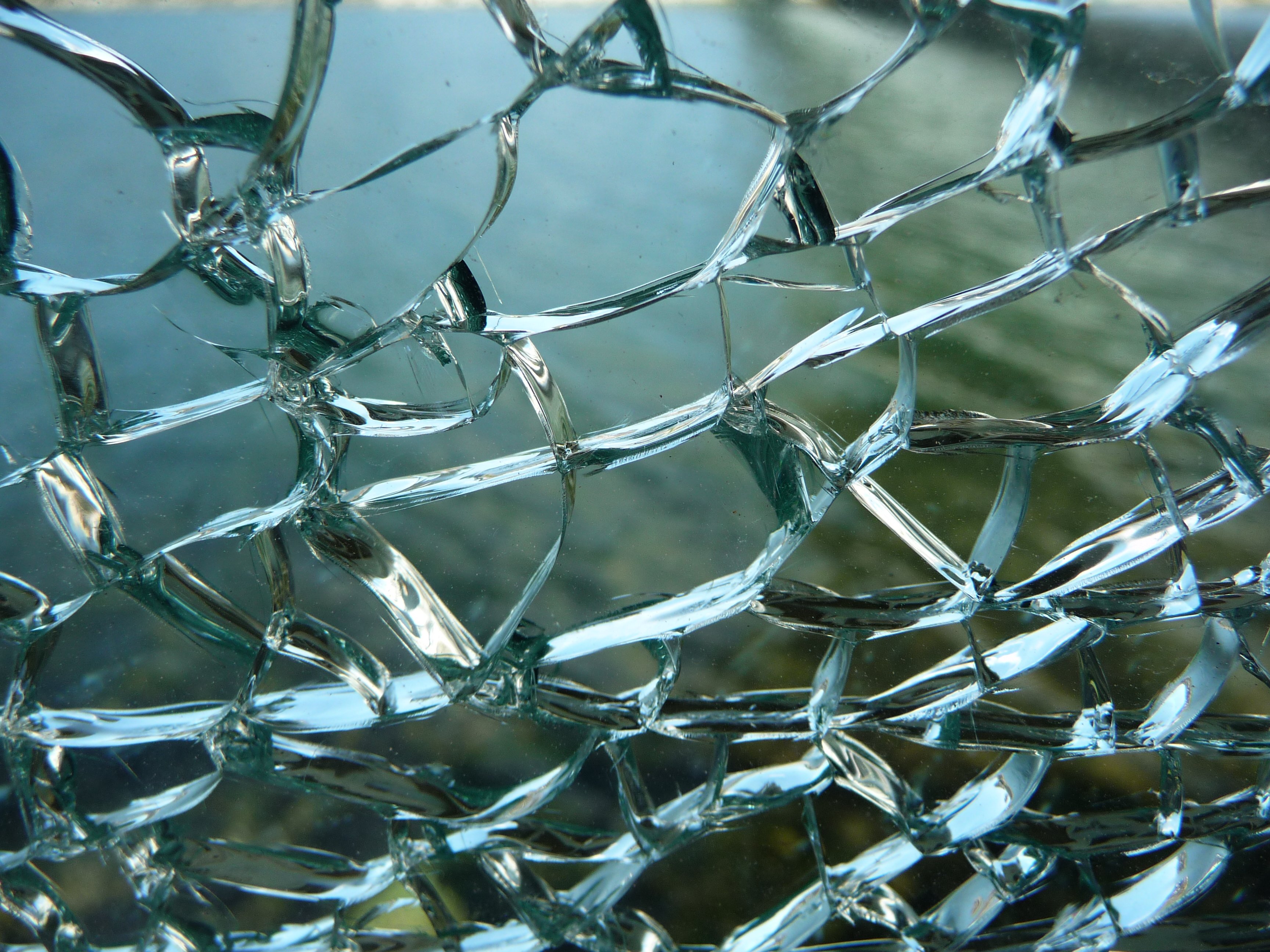

In the campaign's earliest TV spots, Fitzgerald scat sings, hits a high note and shatters a goblet. But as the Memorex campaign became an institution, it fueled a career revival that helped to extend her relevance in new ways, and eventually positioned her to hand off the baton to the next generation. After decades as the First Lady Of Song, Fitzgerald faced a time when traditional jazz was declining in popularity. These commercials came at an important juncture in both Fitzgerald's career and in jazz. So in 1972, at age 55, Ella Fitzgerald became the spokesperson for Memorex cassettes. A lot of people say, 'Did you really break the glass?' We had to prove that. And when the glass broke, they said, 'That's the one!' Then I got the job. In a 1985 interview, Fitzgerald remembered her Memorex audition at the Algonquin Hotel in New York: "They asked me to do the ending of 'How High the Moon.' I just kept singing, 'High, high the moon,' doing the ending.

Music historian Judith Tick, who's finishing a book about Fitzgerald, says the singer's career was a perfect fit for the campaign, as she was known at the time "not only as a legend, but as a treasure-bearer of American culture." Her immense body of work began in the 1930s, peaked in the 1940s with the bullseye pitch accuracy, vocal range and sheer originality of her scat singing innovation, and then peaked again with her definitive 1950s and early 1960s songbook interpretations of Gershwin, Rodgers and Hart, Cole Porter and others. Music Turning The Tables: 8 Women Who Invented American Popular MusicĮnter Ella Fitzgerald: jazz legend, gold standard for vocal excellence and paradigm of high fidelity sound, thanks to her influential mid-century recordings. The glass-breaking cassette campaign needed a spokesperson whose musical style embodied a more casual brilliance. After first reaching out to audiophiles - early cassette advertising was placed in magazines like Hi Fidelity and Stereo Review - the company wanted to target a broader demographic with TV commercials aired during football games on CBS. It was a good enough start, but opera was too elitist for Memorex's larger aims. Reproduction so true it can shatter glass." Leo Burnett made a couple TV commercials with this theme featuring tenor Enrico di Giuseppe and soprano Nancy Shade. They'd prove the old myth that an opera singer could shatter a wine glass with a high note - and then claim a Memorex cassette had such exacting sound precision that its recording of the singer could break a glass, too. In 1970, the Leo Burnett ad agency in Chicago had an imaginative idea for selling Memorex's new line of blank cassette tapes. It's the stuff of legends: an urban legend and a jazz legend combining into a legendary advertising campaign. An "Is it Ella or is it Memorex?" ad from 1973.


 0 kommentar(er)
0 kommentar(er)
